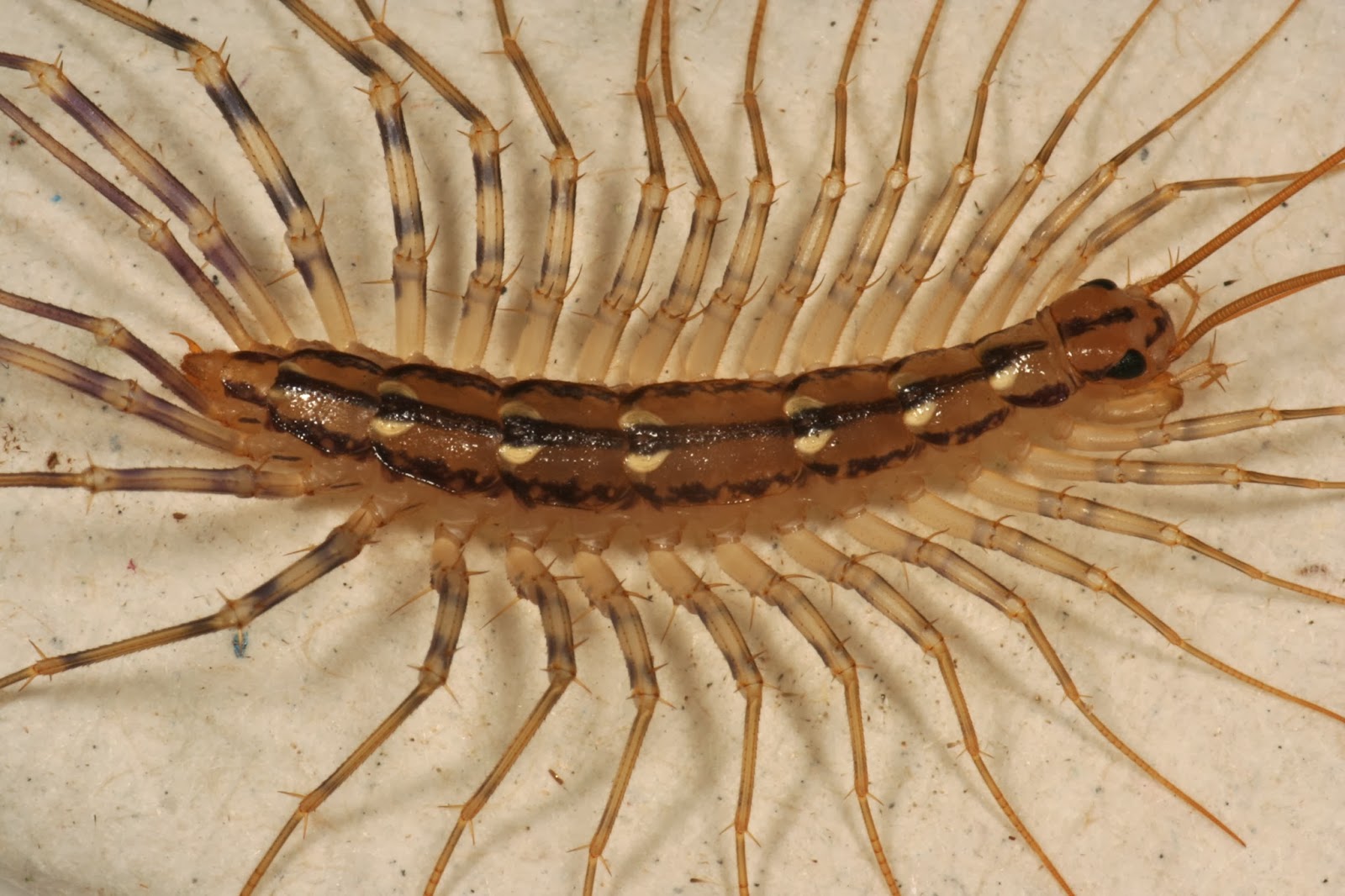
Centipede Animals Interesting Facts & New Pictures All Wildlife Photographs
Introduction The crawling creatures called centipedes and millipedes belong to the same animal group—the arthropods —as insects and spiders. But centipedes and millipedes have many more legs than other arthropods. There are more than 2,500 species, or kinds, of centipede. There are about 10,000 species of millipede.
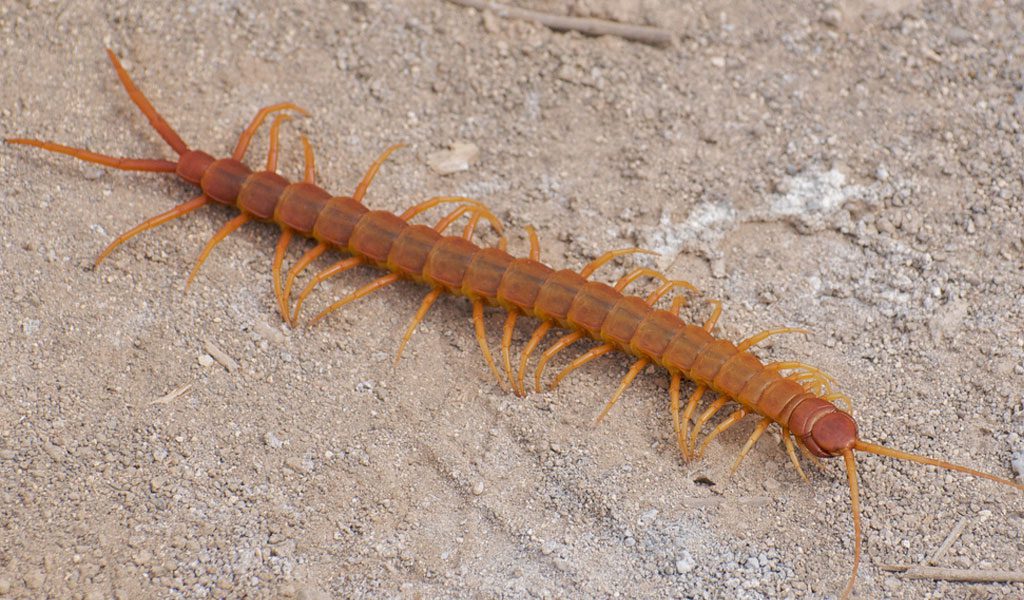
Centipedes Key Facts, Information & Pictures
Description Centipedes possess elongated, segmented bodies covered by a tough exoskeleton. They range in size from a mere 1 inch (2.5 cm) up to a staggering 12 inches (30 cm) in some tropical species. The color palette varies from drab browns and blacks to vivid reds, oranges, and yellows, often serving as a warning sign to potential predators.
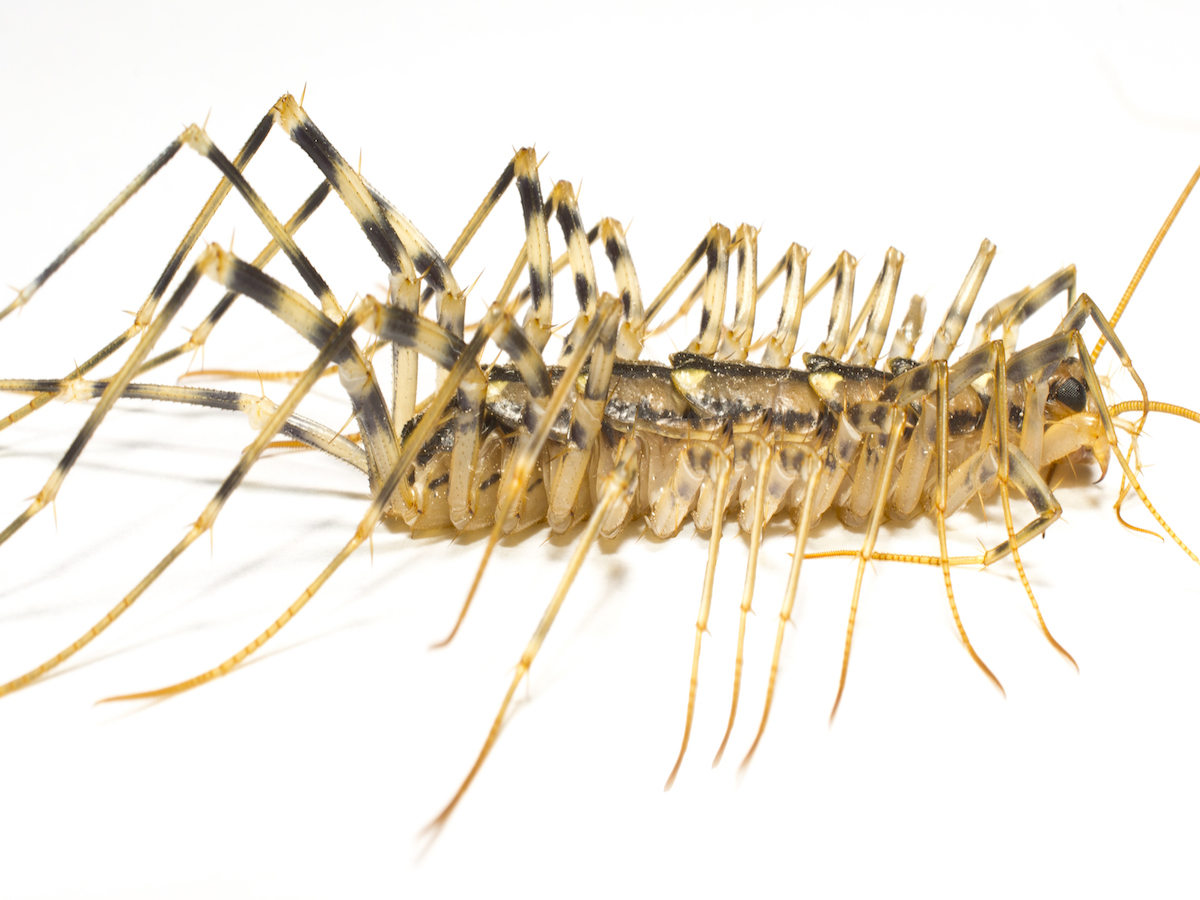
House Centipedes Facts, Photos & Information
Interesting Centipedes Facts: Centipedes have long, segmented body. Depending on the species, centipede can reach from 0.1 to 11 inches in length. Body of centipede is covered with flexible shell that can be white, yellow, orange, red, brown or black in color. Most species of centipedes are reddish brown.

Educational Information on Centipedes and Infestations Education, Names with meaning, Centipede
Centipede Facts: 11 Fascinating Insights. Pest Facts; July 6, 2020. Centipedes of all kinds are pretty creepy, and they are certainly not the most pleasant pests to have around. As nightmarish as they are, though, they are in fact quite interesting! Since it's the time of year that they start popping up around homes and businesses, we put.
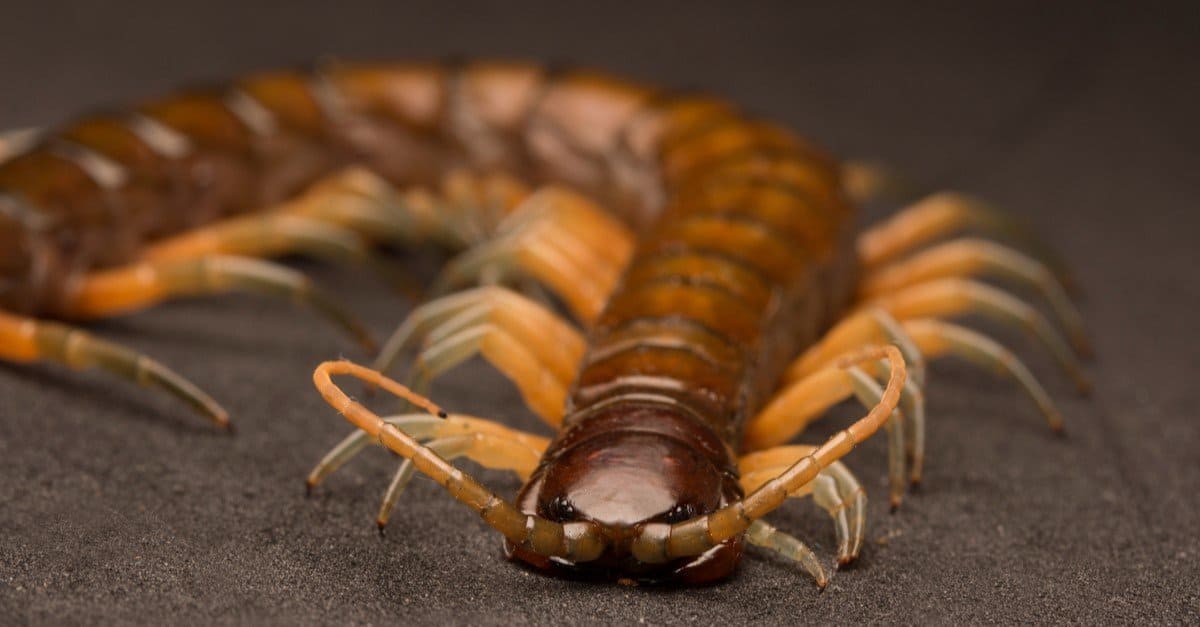
Centipede Animal Facts AZ Animals
Updated August 06, 2018 By A.P. Mentzer Centipedes belong to the order Arthropoda. They are related to invertebrates such as insects, spiders, scorpions, crabs and lobsters. They have long, segmented bodies with many legs. Their hard, outer covering doesn't help them retain water, so they must live in damp, moist places to avoid drying out.

Centipede facts & information, are centipedes dangerous?
Description Centipedes have a rounded or flattened head, bearing a pair of antennae at the forward margin. They have a pair of elongated mandibles, and two pairs of maxillae. The first pair of maxillae form the lower lip, and bear short palps. The first pair of limbs stretch forward from the body over the mouth.

Educational Information on Centipedes and Infestations Infestations, Centipede, Pests
Antennae: Yes Shape: Elongated, flattened, worm-like Region: Found throughout U.S. What is a Centipede? Centipedes are sometimes called house centipedes or "hundred-leggers" because of their many pairs of legs. They are widely distributed throughout most of United States and the world.

Amazing Facts About Centipedes YouTube
The term "centipede" comes from two Latin words that mean "100" and "legs." However, very few centipedes actually have 100 or more legs. Documented centipedes have between 30-80 legs on average. The European centipede Himantarum gabrielis has the most recorded legs at 354. Interestingly enough, all centipedes have an odd number of.
/Centipede-58ee84b03df78cd3fc64dc1f.jpg)
Fascinating Facts About Centipedes
The name centipede literally means "100 legs," but this pest can actually have anywhere from 15 to 177 pairs of legs. Their legs are long and slender, which helps them to move at a fast speed. The last pair of legs on a female centipede is more than twice as long as its body. Centipedes are night owls.

Amazing Facts About Centipedes from Wildlife Facts Wildlife facts, Discovery channel shows, I
Centipedes are insectivores, meaning they eat small insects, spiders, mites and other arthropods. They are generally nocturnal hunters. For centipedes, speed is their best hunting tool. Upon sensing prey, they will move quickly to attack. Once they've captured their meal, most will use a poison to incapacitate their prey before consuming it.
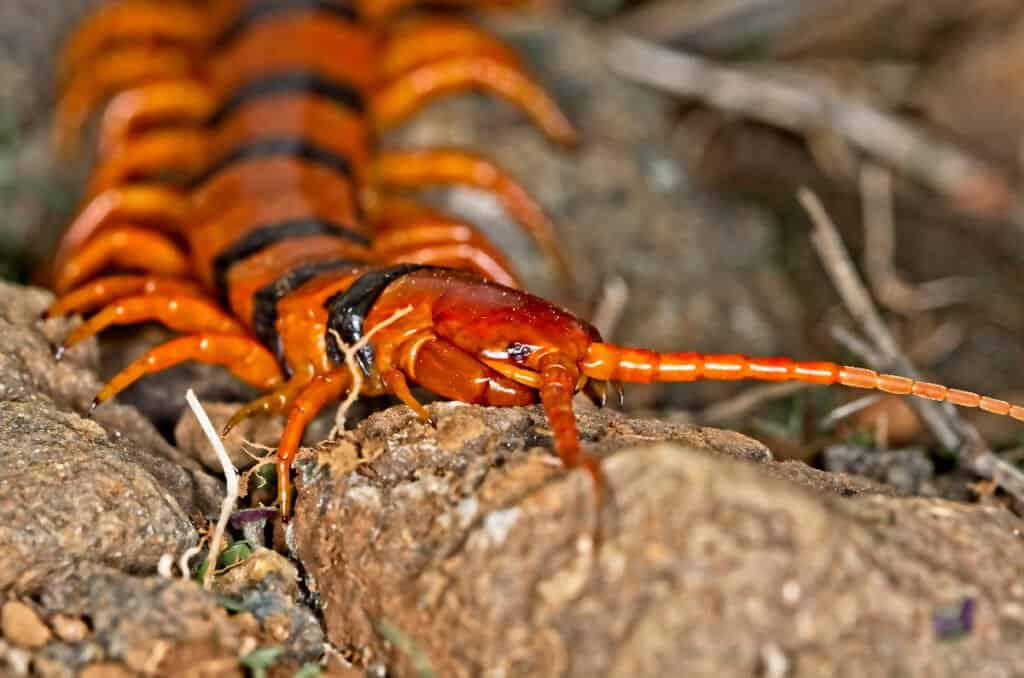
10 Incredible Centipede Facts AZ Animals
Centipedes possess a unique anatomy. Their bodies are divided into two main sections - the head and the trunk. The head houses their sensory organs, including antennae and compound eyes that allow them to detect their surroundings. The trunk, consisting of numerous segments, houses the vital internal organs.

Centipede Facts You Didn't Know. YouTube
Facts about Centipedes 1: the odd number of legs It is very surprising to know that the number of legs that centipedes have is always in odd number. There is no need to wonder that you will never find any centipedes with the number of legs at 100. Facts about Centipedes 2: the venom
/centipede-562036_1920-5c6b79f346e0fb0001f0e545.jpg)
Habits and Traits of Centipedes, Class Chilopoda
Unlike insects that have six legs, centipedes have multiple pairs of legs ranging from 15 to 177, depending on the species. Centipedes are found worldwide in diverse habitats. From forests to deserts, centipedes can be found on every continent except Antarctica. They are known for their adaptability to various environments.

Centipedes Key Facts, Information & Pictures
Advertisement The word centipede comes from the Latin words for hundred ( centi) and foot ( pedis ). Centipedes are arthropods that belong to the class Chilopoda in the subphylum Myriapoda, which also contains millipedes. There are over 3,000 known centipede species around the world, and scientists estimate there may be as many as 8,000.

Centipedes and millipedes The Australian Museum
Image Source Centipedes Centipedes (Class Chilopoda) are fast-moving, venomous, predatory, terrestrial arthropods that have long bodies and many jointed legs. Centipedes are found primarily in tropical climates, however, they are also widely distributed in temperate zones.
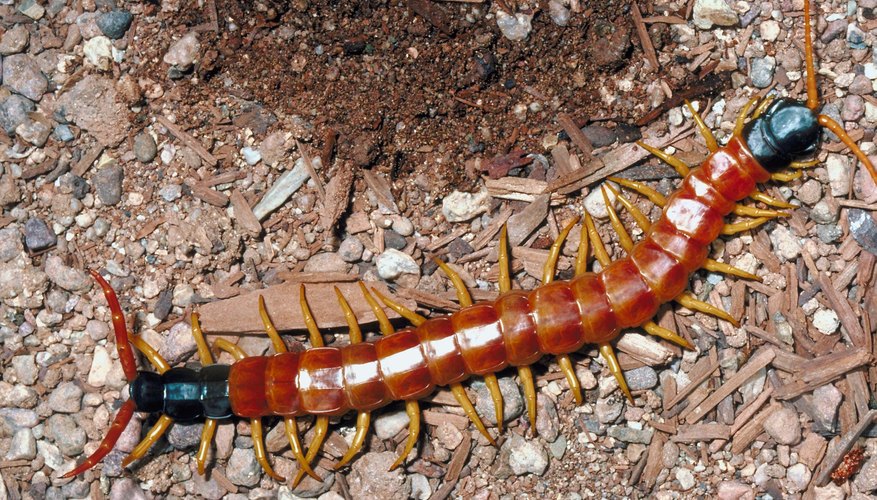
Centipede Facts for Kids Sciencing
Category: Animals & Nature centipede, (class Chilopoda), any of various long, flattened, many-segmented predaceous arthropods. Each segment except the hindmost bears one pair of legs. Centipedes generally remain under stones, bark, and ground litter by day. At night they hunt for and capture other small invertebrates.